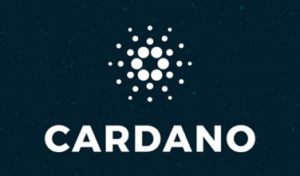When it comes to Non-Fungible Tokens (NFTs), there’s a buzz in the digital world that’s hard to ignore. These unique digital assets have been making headlines and capturing the attention of both creators and collectors alike. But what exactly are NFTs, and why are they gaining so much popularity?
In simple terms, NFTs are one-of-a-kind digital assets that are stored on a blockchain – a decentralized and secure network. Unlike cryptocurrencies such as Bitcoin or Ethereum, which are interchangeable, each NFT has its own distinct value and cannot be replicated. This uniqueness is what makes NFTs so attractive to artists, musicians, and other creators looking to monetize their work in the digital space.
One key feature of NFTs is their ability to establish ownership and authenticity in the digital realm. With traditional digital files, the issue of ownership and rights can be easily contested or replicated. However, by tokenizing their work as an NFT, creators can prove the originality and ownership of their content through the blockchain, providing a level of security and trust.
To dive deeper into how NFTs work, let’s explore the technology behind them. NFTs are typically built on the Ethereum blockchain, which is known for its smart contract functionality. Smart contracts are self-executing contracts with the terms of the agreement directly written into code. When a creator mints an NFT, they are essentially creating a unique token that is tied to a specific digital asset or piece of content.
One important consideration for creators and buyers alike is the concept of gas fees. Gas fees are the transaction costs associated with executing operations on the Ethereum blockchain. When minting, buying, or selling NFTs, users need to pay these fees to validate transactions. Gas fees can vary depending on network congestion and the complexity of the transaction, so it’s essential to factor them into your NFT activities.
Another aspect to be mindful of is the environmental impact of NFTs. Due to the energy-intensive process of minting and trading NFTs on the Ethereum blockchain, there have been concerns raised about the carbon footprint associated with this activity. As the industry evolves, there is a growing awareness of the need for more sustainable solutions within the NFT space.
In conclusion, NFTs represent a revolutionary shift in how we perceive and trade digital assets. By leveraging blockchain technology, creators can establish ownership, authenticity, and value for their work in the digital realm. However, it’s crucial for participants in the NFT space to be mindful of factors such as gas fees and environmental considerations as they navigate this exciting and rapidly evolving landscape. Stay informed, stay curious, and enjoy the journey into the world of NFTs!


